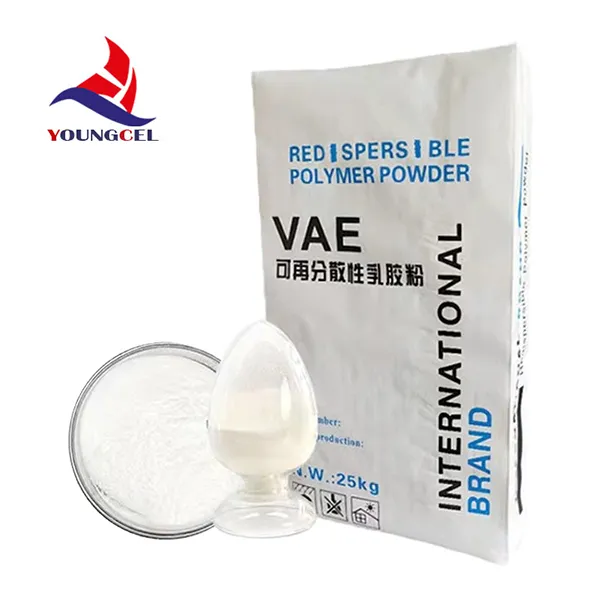The Role of RDP in Ceramic Tile Adhesives
In the world of construction and interior design, ceramic tiles have long been favored for their durability, aesthetic appeal, and versatility. To ensure that these tiles adhere well to various surfaces and remain intact over time, high-quality tile adhesive is essential. One of the most critical components in modern ceramic tile adhesives is Redispersible Polymer Powder (RDP). This article delves into the significance of RDP in ceramic tile adhesives, its properties, advantages, and overall impact on tile installation.
Understanding RDP
Redispersible Polymer Powder (RDP) is a powdered polymer compound that becomes a film-forming agent once mixed with water. RDP is derived from various polymer systems, including vinyl acetate, ethylene, and styrene-acrylic copolymers. When added to cement-based tile adhesives, RDP imparts several beneficial properties that enhance adhesive performance and application.
Properties of RDP-Enhanced Adhesives
1. Improved Flexibility When incorporated into tile adhesives, RDP improves the flexibility of the final product. This flexibility is crucial for applications in areas with temperature fluctuations or substrate movement, as it helps accommodate any stresses that may arise without causing crack development in the adhesive layer.
2. Enhanced Adhesion RDP significantly boosts the adhesion strength of tile adhesives. This enhancement is especially beneficial when bonding tiles to non-porous surfaces, such as glass or metal, where traditional cement-based adhesives may struggle to achieve a strong bond.
3. Water Resistance RDP-modified adhesives exhibit improved water resistance, making them ideal for wet areas such as bathrooms and kitchens. The polymer's protective film helps prevent water ingress, thus minimizing the risk of molding and degradation over time.
4. Open Time and Workability One of the critical advantages of RDP in tile adhesives is its ability to extend the open time, allowing builders more time to adjust tiles before the adhesive sets. This property is crucial for large-format tiles, where precise alignment is essential.
rdp for ceramic tile adhesive

5. Reduced Shrinkage RDP aids in reducing the shrinkage of tile adhesives as they cure. This characteristic minimizes the risk of tile popping or cracking, ensuring a durable bond.
Advantages of Using RDP in Tile Adhesives
The incorporation of RDP into ceramic tile adhesives offers several advantages
- Versatility RDP-enhanced adhesives can be used in various applications, including wall and floor installations in both interior and exterior settings.
- Environmental Resistance These adhesives can withstand harsh environmental conditions, making them suitable for outdoor applications.
- Ease of Use RDP-modified tile adhesives typically require fewer mixing steps and can be used with standard application tools, enhancing the overall efficiency of the installation process.
- Sustainability Many RDPs are derived from environmentally friendly sources, aligning with modern sustainable building practices.
Conclusion
Redispersible Polymer Powder (RDP) plays a vital role in the performance and reliability of ceramic tile adhesives. By enhancing flexibility, adhesion, water resistance, and workability, RDP ensures that ceramic tiles can be installed confidently, providing long-lasting beauty and functionality. As the construction industry continues to evolve, the demand for high-quality, reliable materials like RDP will undoubtedly grow, paving the way for innovation in tile installation solutions. Thus, for contractors, builders, and homeowners alike, understanding the benefits of RDP in tile adhesives is essential for achieving successful, enduring results in their projects. Whether renovating a bathroom, designing a commercial space, or simply adding a backsplash in the kitchen, RDP-enhanced tile adhesives stand out for their performance and reliability. Emphasizing quality materials in construction is not just a trend, but a commitment to enduring craftsmanship and excellence in the built environment.




